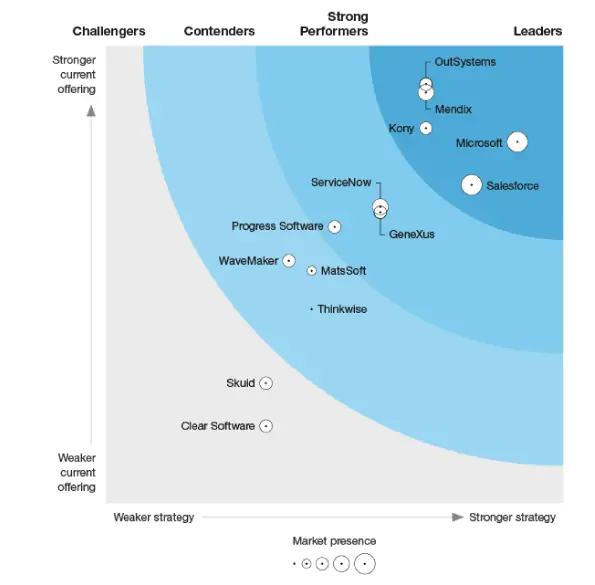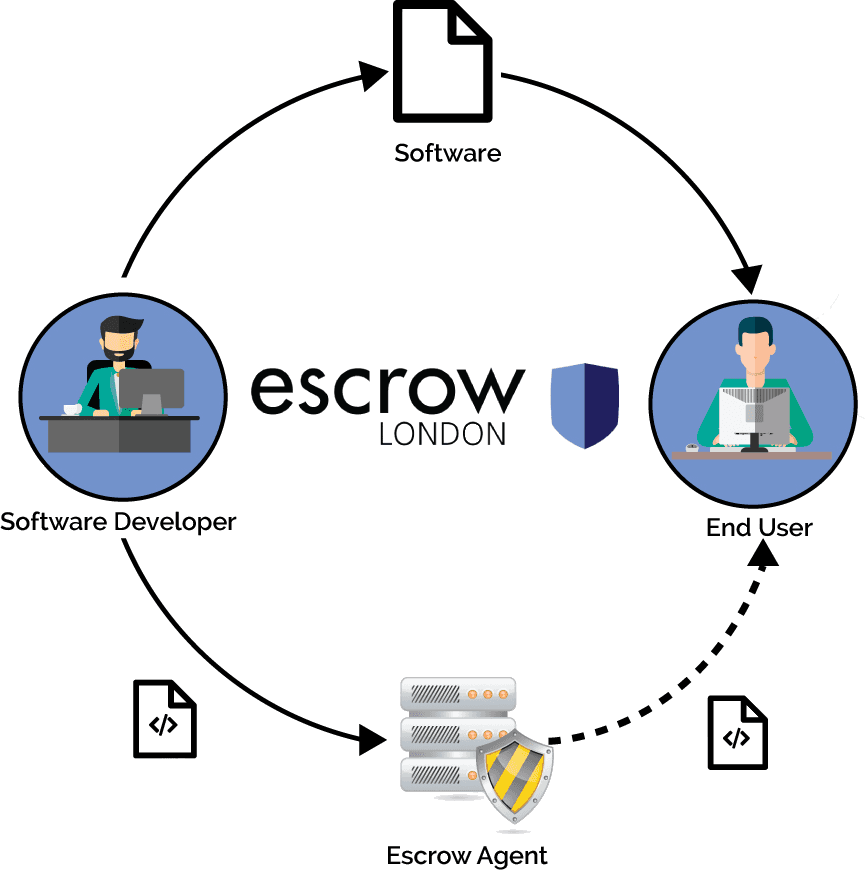Everyones going low code but building apps with no code is faster and more effective. Julia Caldwell Low-code dev platforms have been around for 30 years but in 2020 adoption has reached an inflection point.
Low Code Platform Radar Dutoit Io
Unlike traditional ways written codes are not used in low code.

Low code platforms. But low-code platforms are typically intended for users with development experience and offer more in-depth control over application configurations due to source code access making them more flexible. Learn more about low-code app development platforms. The platforms provide base-level code scripts and integrations so companies can prototype build or scale applications without developing complex infrastructures.
Low-code development platforms provide development environments that allow businesses to develop software quickly with minimal coding reducing the need for extensive coding experience. Low-code platforms have many essential features to build useful applications. Low-code development platforms are visual-based Integrated Development Environments comprising the same tools and functionality developers use separately to design code deploy and manage an application portfolio.
Low-code development platforms Low-code and no-code development platforms tend to get mixed up because of how similar they are in function. Low-code platforms allow developers to extend applications with their own coded enhancements. Everyones going low code but building apps with no code is faster and more effective.
They are best for junior programmers or non. Today a majority of developers report they are either planning on or have already implemented a low-code platform to build digital business applications see figure. They still require some amount of technical skill but low code tools can be easily learned.
Low code platforms are a reaction to traditional application development that are based on detailed system requirements and hand coding. No-code platforms apply constraints to the development environment limiting the users ability to extend the application beyond the vendors supplied solution. Low-code platforms have different hosting options including proprietary managed clouds public cloud hosting options and data center deployments.
Ad Key differences between low code and no code and how they benefit both business and IT. Users can easily understand the application design because there is hardly any coding. Low-Code No-Code platforms allow non-developers to develop software.
Low-code platforms support a spectrum of developers. While traditional software development requires developers to write code in order to create the logic interface and other parts of the app Low-Code No-Code uses a GUI a paint by numbers if you will. Low-code platforms for serious corporate use offer levels of scalability performance security and documentation that would be very expensive and time-consuming to provide within a custom application coded from scratch.
Ad Key differences between low code and no code and how they benefit both business and IT. Low-code platforms need to give everyday business users a dead-simple UI which with to build an app step by step in relatable terms and with plenty of.









